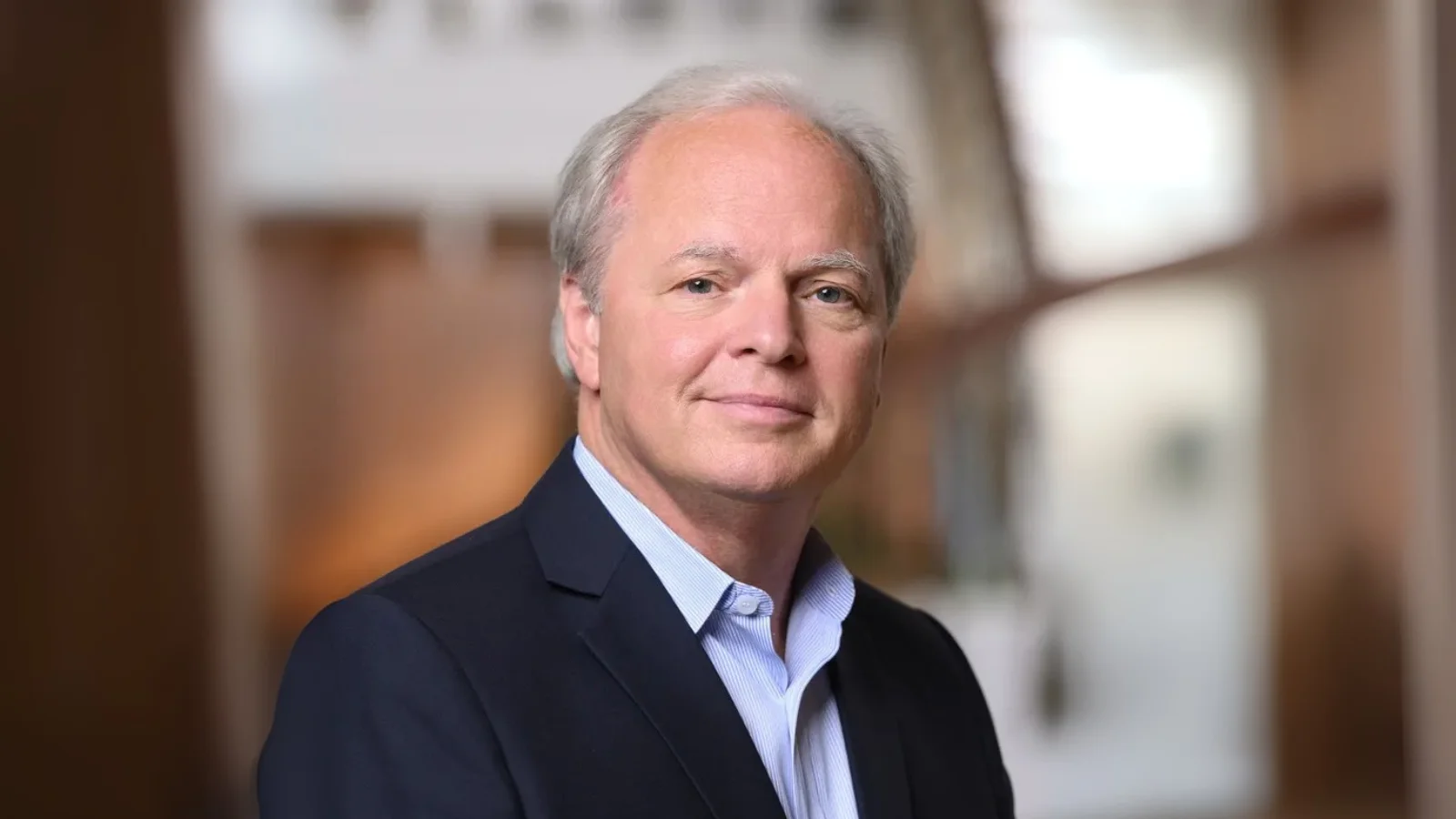The Improved Forested Landscape Management Project (IFLMP), launched in 2014 with funding from the Climate Investment Fund’s Forest Investment Program and additional support from the Global Environment Facility and the Central African Forest Initiative, aimed to promote sustainable land management in the Democratic Republic of Congo (DRC). Over its course, IFLMP facilitated sustainable practices across 375,000 hectares and established more than 25,000 hectares of new agroforestry plantations. The project concluded in May 2024 but left behind a framework for continued environmental initiatives.
Building on IFLMP’s achievements, the Forest and Savanna Restoration Investment Program (FOREST) has begun expanding these efforts. FOREST is using co-financing models for smallholder farmers and payments for ecosystem services to encourage community participation. To date, FOREST has partnered with private landowners to create over 900 hectares of sustainable agroforestry plantations that integrate Acacia species with crops such as cassava, maize, cowpea, or groundnut. Acacias auriculiformis is cultivated for charcoal production while Acacias mangium is grown for timber.
FOREST plans to enroll over 500 landowners—including at least 20% women—to develop an additional 35,000 hectares of agroforestry plantations. Performance-based grants are provided to help overcome financial barriers like high upfront costs and limited credit access. This model allows smallholder farmers to reinvest earnings from agricultural produce and sustainable charcoal into new plantations without relying on subsidies.
The program has already created employment opportunities: “The smallholder farmers plantations supported by FOREST are expected to generate 3,500 new local jobs, with 106 permanent positions already created—83 of which are held by women—and 1,041 temporary jobs, with 374 occupied by women,” according to project reports. In Kongo Central province specifically, participating farmers have reported improved livelihoods through increased knowledge and resources.
Beyond individual farms, FOREST will also support an additional 85,000 hectares of community-led plantations managed by local development committees. Payments for ecosystem services aim to improve livelihoods through sustainable practices while value chain development initiatives focus on product transformation and market access via improved road infrastructure.
This approach targets key causes of deforestation in DRC—such as slash-and-burn agriculture and illegal fuelwood harvesting—by reducing pressure on natural forests while supporting vulnerable populations’ livelihoods.
Complementary activities include advanced charcoal production techniques and clean cookstove distribution supported by ESMAP. These efforts seek not only to expand acacia plantations but also strengthen previous investments made under IFLMP by enhancing carbonization practices among small landowners. Clean cookstoves are distributed as part of a strategy to increase affordable energy access while reducing deforestation rates and health risks linked to household air pollution.
As these acacia forests mature they provide recreational benefits alongside economic gains for local communities: “As acacia forests grow, they also offer recreational value to local communities, embodying a vision where environmental stewardship and economic empowerment go hand in hand.”

